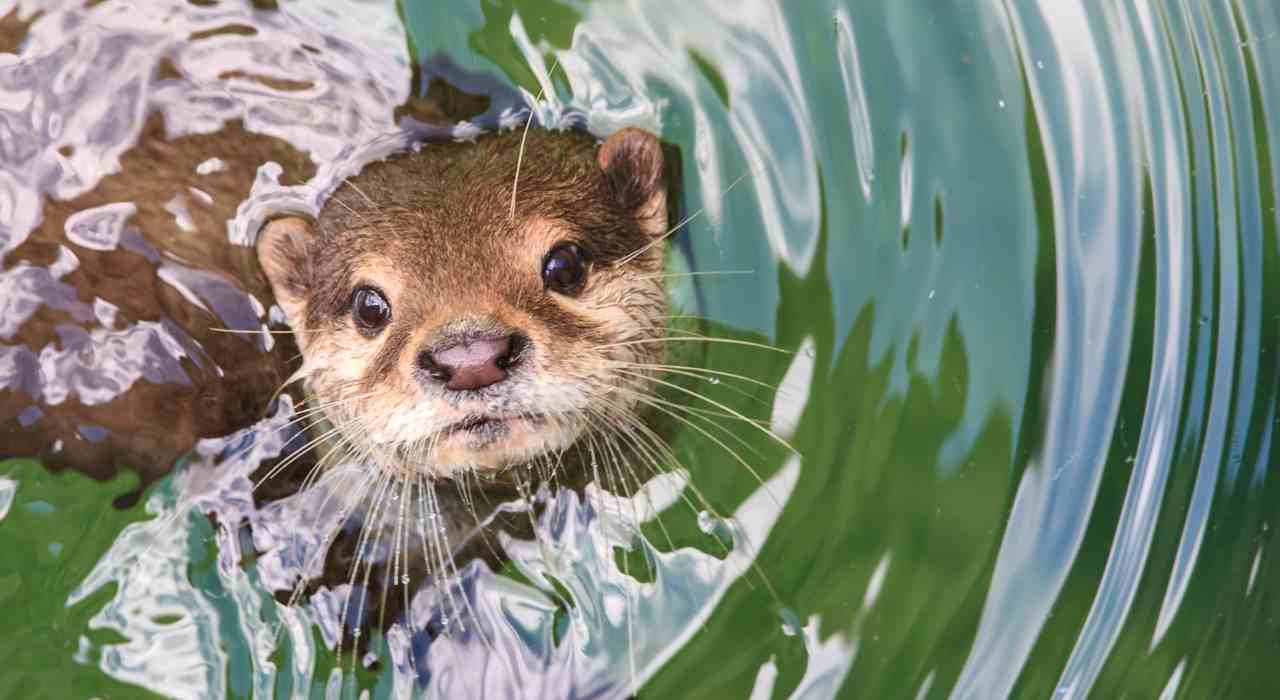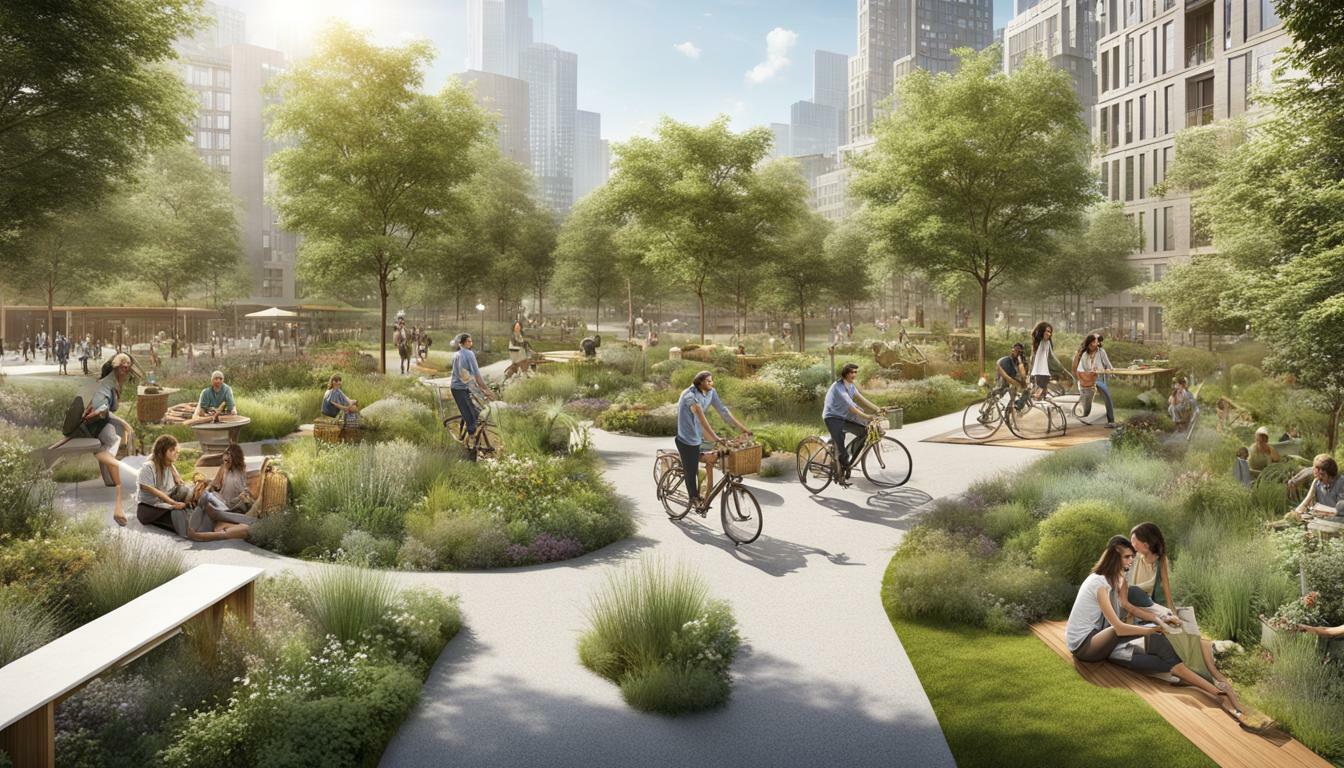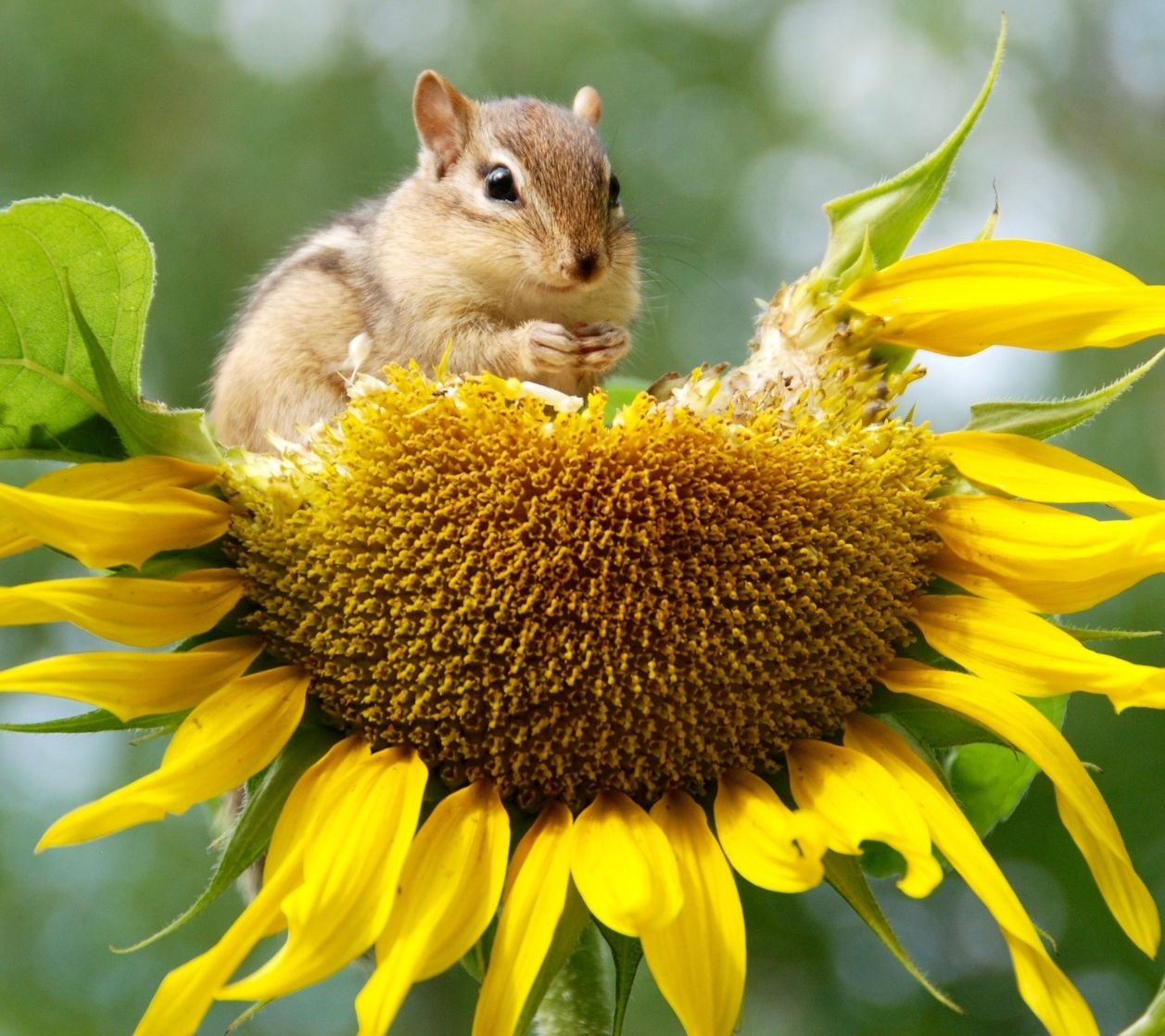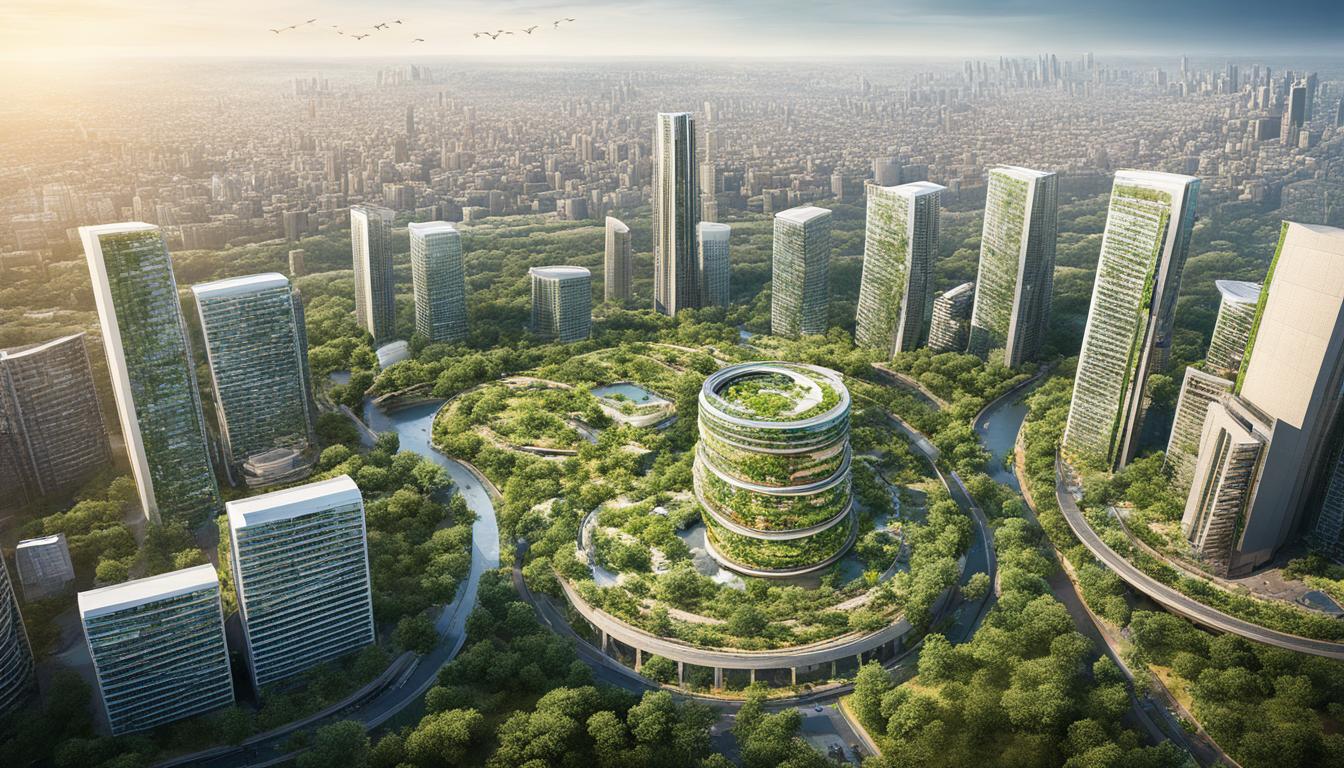Welcome to Season Two of Constructive Voices and our first ever themed month: Biodiversity in the Built Environment.
LISTEN NOW
January 2023 will offer you expert insight into Biodiversity in the Built Environment. We have lined up a superb panel of guests who will be featured in two podcast episodes (17th and 24th January) and we will culminate in the Round Table event on 31st January 2023.
It all starts with this special episode featuring Roberta Boscolo, who is the Climate and Energy Lead at the World Meteorological Organisation. Roberta is a Climate and Sustainability Influencer with over 40,000 followers on LinkedIn.
If you wish to understand climate change and how it is interlinked with biodiversity, this interview is easy to digest while packed with accurate scientific facts and clarity.
Roberta’s interview should help clear up any doubts you may have on the topic.

Her work focuses on how to harness the power of climate data and climate information that the
WMO generates, through partners and member states, to support decision making in key sectors. The energy sector is her speciality.
The scientific data she and her colleagues work with is central in helping decision making by private and public sector entities on their pathway to
sustainability and
climate change mitigation
Roberta and her colleagues appreciate how important those working in the
built environment are and what big responsibilities they have.
“..They also need to increase the risk climate resilience of the buildings and make buildings adaptable to the future climate. I think they have a big responsibility to understand the issue and talk with the scientists as well, to find solutions.”
When it comes to
biodiversity, regardless of what country you are in and what your role is in the built
environment, Roberta reminds you of the potentially positive effect that improving biodiversity can have. Whether we label this
Biodiversity Net Gain (
BNG) or simply see it as natural steps to cooperate with
nature, at a time when it is so badly needed, what we can be assured of is Nature’s innate instinct to heal and cooperate.
“Nature offers a lot of untapped potential, not only to reduce climate risk and deal with the causes of climate change but also to improve people’s lives. For example, by restoring ecosystems, on land and ocean, we help plants and animals to build climate resilience.”
You will also hear from some of our panelists whom you can meet virtually at the Roundtable Event on 31st January 2023, Biodiversity in the Built Environment
Led by Claire Wansbury, Atkins Ltd, a member of SNC Lavalin
Claire was one of our esteemed panellists in our first virtual event in November 2021: The Post COP26 Roadmap
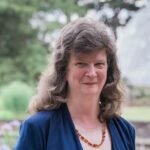 Claire is an Atkins Fellow and Technical Director Atkins
Claire is an Atkins Fellow and Technical Director Atkins, a world-leading
engineering and environmental consultancy. She will share her particular expertise in biodiversity and
natural capital. Claire is one of the UK’s top
experts on biodiversity
net gain, including having co-authored national good practice principles.
In 2022, Claire was included in the
Ends Director’s Power List of the 100 most influential environmental professionals.
With over 30 years of experience as an award-winning ecologist, in the last few years, Claire has been working with environmental economists and others to build a shared understanding of the value of benefits our natural world provides to people.
Together with some of her colleagues, Claire produced an
excellent short magazine before COP15. This is a very useful resource regardless of what your level of knowledge is as it combines insights and hopes from top experts along with a selection of case studies.
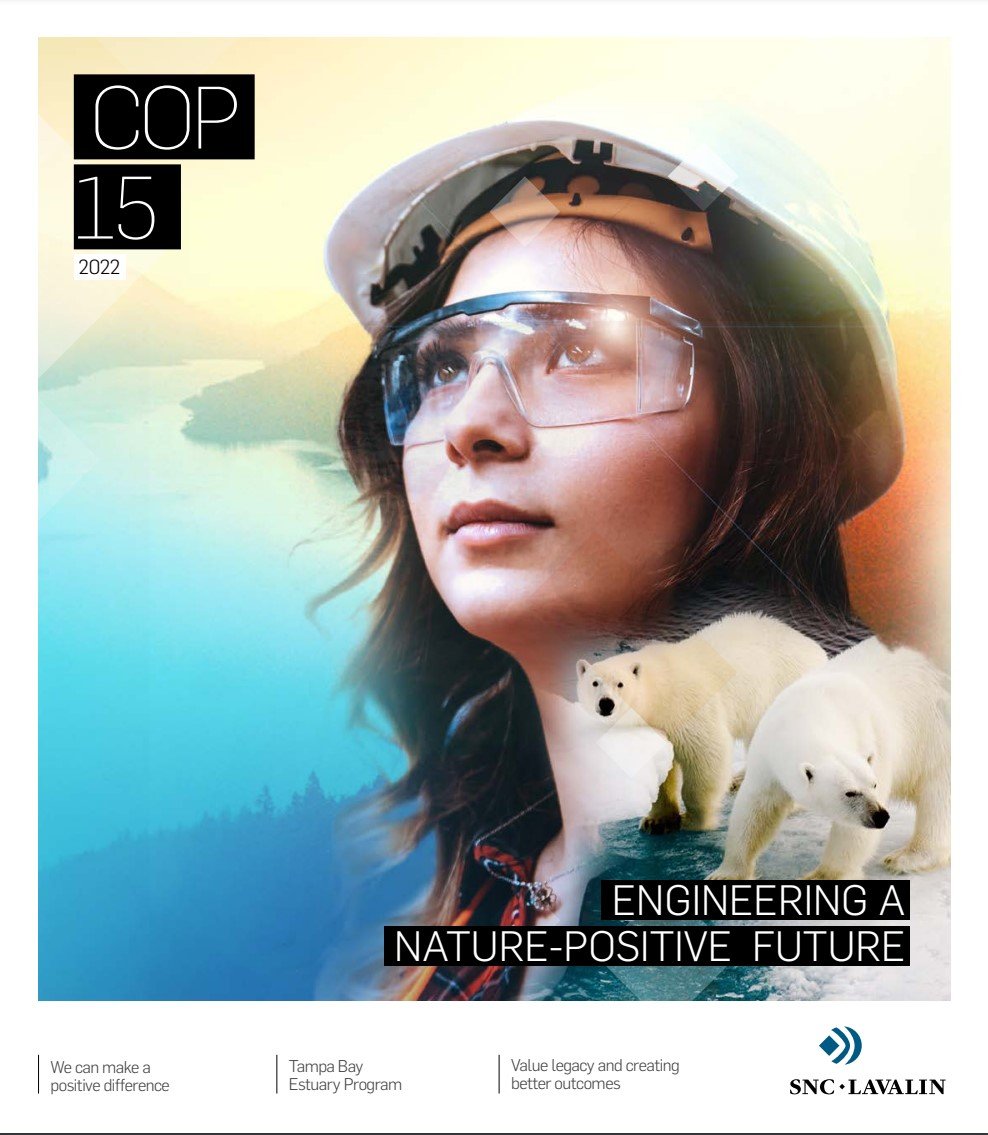
“The globally and instantly recognisable WWF panda logo took its inspiration from Chi-Chi, a giant panda that arrived at London Zoo in the late 1950s. The strikingly simple image was drawn by British conservationist Sir Peter Scott, with a helping hand from environmentalist and artist, Gerald Watterson.
Sir Peter’s rationale for featuring the panda was powerful and practical, ‘We wanted an animal that is beautiful, is endangered, and one loved by many people in the world for its appealing qualities. We also wanted an animal that had an impact in black and white to save money on printing costs.’
That logo and the reasons behind it offer a beacon of hope for me. While pandas are considered to be vulnerable, they are no longer endangered thanks to the decades of specialist knowledge in breeding and conservation efforts carried out around the world.
This story demonstrates that we can make a positive difference.”
Claire Wansbury excerpt from the Engineering a Nature Positive Future publication.
Below is a another quote from an article that Claire co-authored with her colleague, Senior Environmentalist at Atkins, Jonathan Nichols:
What we found most compelling in the Dasgupta Review was the comparison of biodiversity (a key part of the world’s “Natural Capital”) to an investment portfolio – no sensible investor would rely on only a few assets for their profits; they would ensure they have a diverse portfolio to secure a return and mitigate their risks.
The same can be said of life on Earth. By cultivating only a few species at the expense of the rest we are putting our prosperity at risk. The effect of humans, particularly in the last thousand years, has been to erode this diversity.
The more we lose biodiversity, the more we undermine the resilience of our asset portfolio; an action that is already having grave consequences across the globe, including our ability to achieve carbon Net-Zero.
Follow Claire on LinkedIn

Our panel includes Roberta Boscolo of this episode and also the following top experts:
Roberta Boscolo
Roberta Boscolo is leading the Climate and Energy workstream at the World Meteorological Organization in Geneva,
Switzerland.
Her main work is to enhance the capacity of all countries to contrast climate change and enact
sustainable development through scaling up science-based
climate adaptation and
mitigation measures in alignment with the global landmark agreements.
With a wide and deep knowledge of climate and sustainability-related issues, she manages a transformative interface between climate science and socio-economic sectors, especially energy sector, through partnerships with United Nation agencies, public and private sectors, academia, civil society, media groups and associations.
She has long-term experience in developing knowledge platforms and good practices to support climate-related risk management and pathways to resilient low-carbon economy.
In 2022 she was included in the list of top
10 Sustainability Influences by the Sustainability Magazine and nominated Top Voice of LinkedIn.
Previously she served as science officer for the World Climate Research Programme, coordinating scientific efforts worldwide to address the knowledge gaps in understanding Earth climate system. Such knowledge is assessed by the IPCC milestone reports.
She launched and managed multi-stakeholders
development projects in 20+ countries, currently she manages a portfolio of several multi-million projects (US$ 30M) in Africa, South America, South East Asia and Pacific.
Follow Roberta on LinkedIn and Twitter

Dr Jayne Manley believes that future life on Earth requires people thriving and being intimately connected with the ecosystems that support us.
She became CEO of Earth Trust in 2012, bringing with her a strong practical diverse background in whole
ecosystem thinking, farming/land management, policy development, income generation, learning and engagement.
Previously working in
strategic roles for Plantlife International and English Nature, Jayne is currently Chair Oxfordshire Environment Board, member of the Oxfordshire Executive Officers Group of Future Oxfordshire Partnership, and past Chair of the OXLEP Environment and Sustainability Sub Committee.
Follow Jayne on
LinkedIn and
Twitter.
Chris Gerrard, Anglian Water

Chris is the Catchment and Biodiversity Manager at Anglian Water Services Vice-President for
England at CIEEM. Previously he was the Director of Living Landscapes for the
Wildlife Trust for Bedfordshire, Cambridgeshire and Northamptonshire.
At Anglian Water Services, he works with a team of four people, most of whom are based on the nature
conservation wildlife side of the work. Together they identify plans and projects to reduce any potential negative impacts on wildlife, whilst also seeking to maximize the benefits to wildlife of their day to day activities.
They also have a multi-million-pound
construction program running, so they need to know when there are going to be problems with things like protected species or protected sites.
This means having a team member involved in the screening of those projects so they can point out all the work that needs to be done to address Great Crested Newts,
Bats, Sites of Species Scientific Interest (SSSI) or whatever it is that might be a constraint that we need to manage.
Chris also does climate change adaptation for Anglian Water, which is saying “what is the inevitable climate change that we are going to face in this part of the world, and what do we therefore need to do in order to continue to provide great service to our customers”?
John Vesey, WM5G

John is the
Health and Care Sector Lead at West Midlands 5G.
John has worked in numerous roles supporting the public and private sectors (having worked in both at HMRC and Amazon amongst others) to harness the benefits of technology, connectivity,
artificial intelligence and data.
His current role focuses on developing
sustainable services for the health and social care sectors, that are underpinned by digital transformations and shifting where care is delivered.
Follow John on LinkedIn and Twitter.
Margarita Skarkou, ClimateTech VC @ 2150 | Non Executive @ Innovate UK – UKRI Credit Committee | Top 30 Women in the City Brummel | Newton Fellow

Working with founders to scale solutions and companies that can have a measurable impact and create more resilient, sustainable, healthy and equitable
cities is the single most exciting mission of our time. I am optimistic about technology and humanity’s ability to alter the current climate change and ecosystem degradation trajectory.”
Margarita has spent the last ten years working across the construction, international development and finance sectors.
Prior to joining 2150 she was a VP in the Sustainable Impact Capital team at Barclays, leading investments in sustainable tech businesses. While at Barclays, she co-founded Barclays Ventures, a corporate
innovation / CVC business unit where she led on
ESG and wellbeing investments.
Margarita is an active angel, business advisor and scout for FiveThirteen, which showcases female founders in cleantech. She is also currently a Non-Executive Credit Committee member at UKRI – Innovate UK, NERC ‘Economics of Biodiversity’ and ‘Quality of Urban Environments with Nature Connectedness and Health’ delegate and Advisory Board member for the
Next Generation NED Network.
Margarita graduated with a MEng
Civil Engineering degree from the University of Edinburgh and is a CIMA certified Business Accountant.
Her personal commitment to sustainability in 2022 is to avoid buying a car despite having a baby and use reusable/biodegradable nappies!
Follow Margarita on
LinkedIn
 Her work focuses on how to harness the power of climate data and climate information that the WMO generates, through partners and member states, to support decision making in key sectors. The energy sector is her speciality.
The scientific data she and her colleagues work with is central in helping decision making by private and public sector entities on their pathway to sustainability and climate change mitigation
Roberta and her colleagues appreciate how important those working in the built environment are and what big responsibilities they have.
Her work focuses on how to harness the power of climate data and climate information that the WMO generates, through partners and member states, to support decision making in key sectors. The energy sector is her speciality.
The scientific data she and her colleagues work with is central in helping decision making by private and public sector entities on their pathway to sustainability and climate change mitigation
Roberta and her colleagues appreciate how important those working in the built environment are and what big responsibilities they have.
 Claire is an Atkins Fellow and Technical Director Atkins, a world-leading engineering and environmental consultancy. She will share her particular expertise in biodiversity and natural capital. Claire is one of the UK’s top experts on biodiversity net gain, including having co-authored national good practice principles.
In 2022, Claire was included in the Ends Director’s Power List of the 100 most influential environmental professionals.
With over 30 years of experience as an award-winning ecologist, in the last few years, Claire has been working with environmental economists and others to build a shared understanding of the value of benefits our natural world provides to people.
Together with some of her colleagues, Claire produced an excellent short magazine before COP15. This is a very useful resource regardless of what your level of knowledge is as it combines insights and hopes from top experts along with a selection of case studies.
Claire is an Atkins Fellow and Technical Director Atkins, a world-leading engineering and environmental consultancy. She will share her particular expertise in biodiversity and natural capital. Claire is one of the UK’s top experts on biodiversity net gain, including having co-authored national good practice principles.
In 2022, Claire was included in the Ends Director’s Power List of the 100 most influential environmental professionals.
With over 30 years of experience as an award-winning ecologist, in the last few years, Claire has been working with environmental economists and others to build a shared understanding of the value of benefits our natural world provides to people.
Together with some of her colleagues, Claire produced an excellent short magazine before COP15. This is a very useful resource regardless of what your level of knowledge is as it combines insights and hopes from top experts along with a selection of case studies.


 Dr Jayne Manley believes that future life on Earth requires people thriving and being intimately connected with the ecosystems that support us.
She became CEO of Earth Trust in 2012, bringing with her a strong practical diverse background in whole ecosystem thinking, farming/land management, policy development, income generation, learning and engagement.
Previously working in strategic roles for Plantlife International and English Nature, Jayne is currently Chair Oxfordshire Environment Board, member of the Oxfordshire Executive Officers Group of Future Oxfordshire Partnership, and past Chair of the OXLEP Environment and Sustainability Sub Committee.
Follow Jayne on LinkedIn and Twitter.
Dr Jayne Manley believes that future life on Earth requires people thriving and being intimately connected with the ecosystems that support us.
She became CEO of Earth Trust in 2012, bringing with her a strong practical diverse background in whole ecosystem thinking, farming/land management, policy development, income generation, learning and engagement.
Previously working in strategic roles for Plantlife International and English Nature, Jayne is currently Chair Oxfordshire Environment Board, member of the Oxfordshire Executive Officers Group of Future Oxfordshire Partnership, and past Chair of the OXLEP Environment and Sustainability Sub Committee.
Follow Jayne on LinkedIn and Twitter.
 Chris is the Catchment and Biodiversity Manager at Anglian Water Services Vice-President for England at CIEEM. Previously he was the Director of Living Landscapes for the Wildlife Trust for Bedfordshire, Cambridgeshire and Northamptonshire.
At Anglian Water Services, he works with a team of four people, most of whom are based on the nature conservation wildlife side of the work. Together they identify plans and projects to reduce any potential negative impacts on wildlife, whilst also seeking to maximize the benefits to wildlife of their day to day activities.
They also have a multi-million-pound construction program running, so they need to know when there are going to be problems with things like protected species or protected sites.
This means having a team member involved in the screening of those projects so they can point out all the work that needs to be done to address Great Crested Newts, Bats, Sites of Species Scientific Interest (SSSI) or whatever it is that might be a constraint that we need to manage.
Chris also does climate change adaptation for Anglian Water, which is saying “what is the inevitable climate change that we are going to face in this part of the world, and what do we therefore need to do in order to continue to provide great service to our customers”?
Chris is the Catchment and Biodiversity Manager at Anglian Water Services Vice-President for England at CIEEM. Previously he was the Director of Living Landscapes for the Wildlife Trust for Bedfordshire, Cambridgeshire and Northamptonshire.
At Anglian Water Services, he works with a team of four people, most of whom are based on the nature conservation wildlife side of the work. Together they identify plans and projects to reduce any potential negative impacts on wildlife, whilst also seeking to maximize the benefits to wildlife of their day to day activities.
They also have a multi-million-pound construction program running, so they need to know when there are going to be problems with things like protected species or protected sites.
This means having a team member involved in the screening of those projects so they can point out all the work that needs to be done to address Great Crested Newts, Bats, Sites of Species Scientific Interest (SSSI) or whatever it is that might be a constraint that we need to manage.
Chris also does climate change adaptation for Anglian Water, which is saying “what is the inevitable climate change that we are going to face in this part of the world, and what do we therefore need to do in order to continue to provide great service to our customers”?
 John is the Health and Care Sector Lead at West Midlands 5G.
John has worked in numerous roles supporting the public and private sectors (having worked in both at HMRC and Amazon amongst others) to harness the benefits of technology, connectivity, artificial intelligence and data.
His current role focuses on developing sustainable services for the health and social care sectors, that are underpinned by digital transformations and shifting where care is delivered.
Follow John on LinkedIn and Twitter.
John is the Health and Care Sector Lead at West Midlands 5G.
John has worked in numerous roles supporting the public and private sectors (having worked in both at HMRC and Amazon amongst others) to harness the benefits of technology, connectivity, artificial intelligence and data.
His current role focuses on developing sustainable services for the health and social care sectors, that are underpinned by digital transformations and shifting where care is delivered.
Follow John on LinkedIn and Twitter.
 Working with founders to scale solutions and companies that can have a measurable impact and create more resilient, sustainable, healthy and equitable cities is the single most exciting mission of our time. I am optimistic about technology and humanity’s ability to alter the current climate change and ecosystem degradation trajectory.”
Margarita has spent the last ten years working across the construction, international development and finance sectors.
Prior to joining 2150 she was a VP in the Sustainable Impact Capital team at Barclays, leading investments in sustainable tech businesses. While at Barclays, she co-founded Barclays Ventures, a corporate innovation / CVC business unit where she led on ESG and wellbeing investments.
Margarita is an active angel, business advisor and scout for FiveThirteen, which showcases female founders in cleantech. She is also currently a Non-Executive Credit Committee member at UKRI – Innovate UK, NERC ‘Economics of Biodiversity’ and ‘Quality of Urban Environments with Nature Connectedness and Health’ delegate and Advisory Board member for the Next Generation NED Network.
Margarita graduated with a MEng Civil Engineering degree from the University of Edinburgh and is a CIMA certified Business Accountant.
Her personal commitment to sustainability in 2022 is to avoid buying a car despite having a baby and use reusable/biodegradable nappies!
Follow Margarita on LinkedIn
Working with founders to scale solutions and companies that can have a measurable impact and create more resilient, sustainable, healthy and equitable cities is the single most exciting mission of our time. I am optimistic about technology and humanity’s ability to alter the current climate change and ecosystem degradation trajectory.”
Margarita has spent the last ten years working across the construction, international development and finance sectors.
Prior to joining 2150 she was a VP in the Sustainable Impact Capital team at Barclays, leading investments in sustainable tech businesses. While at Barclays, she co-founded Barclays Ventures, a corporate innovation / CVC business unit where she led on ESG and wellbeing investments.
Margarita is an active angel, business advisor and scout for FiveThirteen, which showcases female founders in cleantech. She is also currently a Non-Executive Credit Committee member at UKRI – Innovate UK, NERC ‘Economics of Biodiversity’ and ‘Quality of Urban Environments with Nature Connectedness and Health’ delegate and Advisory Board member for the Next Generation NED Network.
Margarita graduated with a MEng Civil Engineering degree from the University of Edinburgh and is a CIMA certified Business Accountant.
Her personal commitment to sustainability in 2022 is to avoid buying a car despite having a baby and use reusable/biodegradable nappies!
Follow Margarita on LinkedIn 



